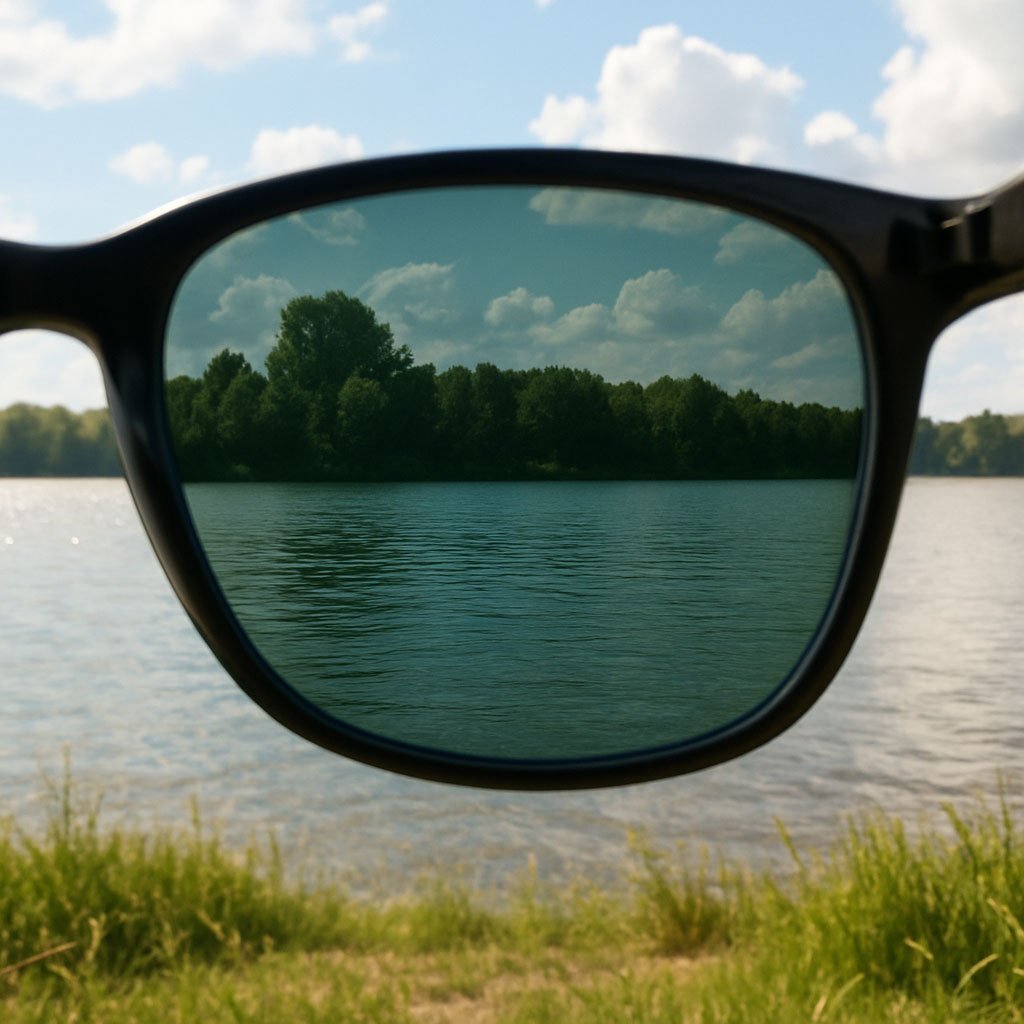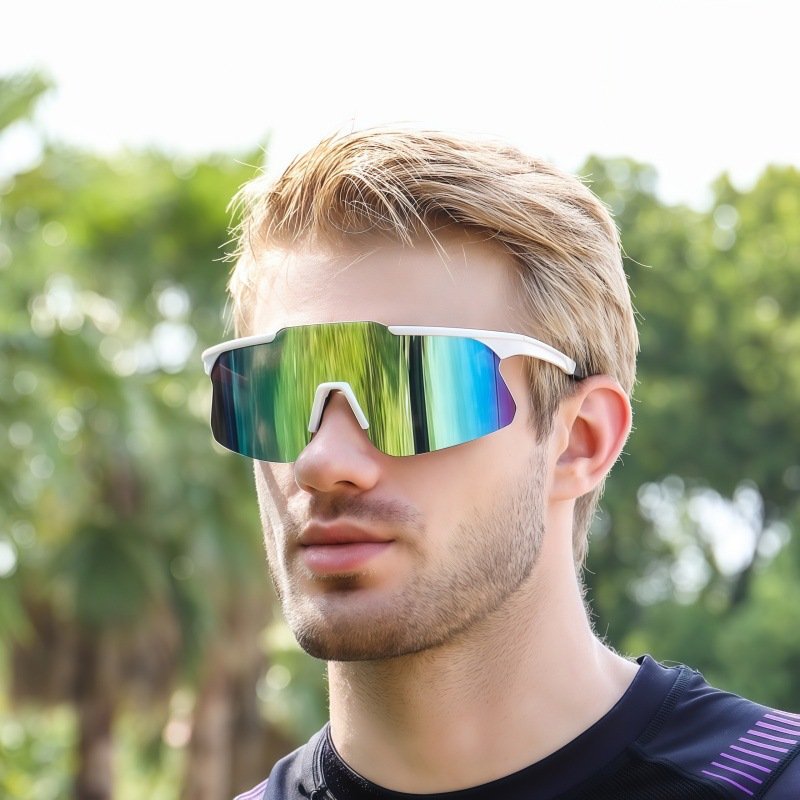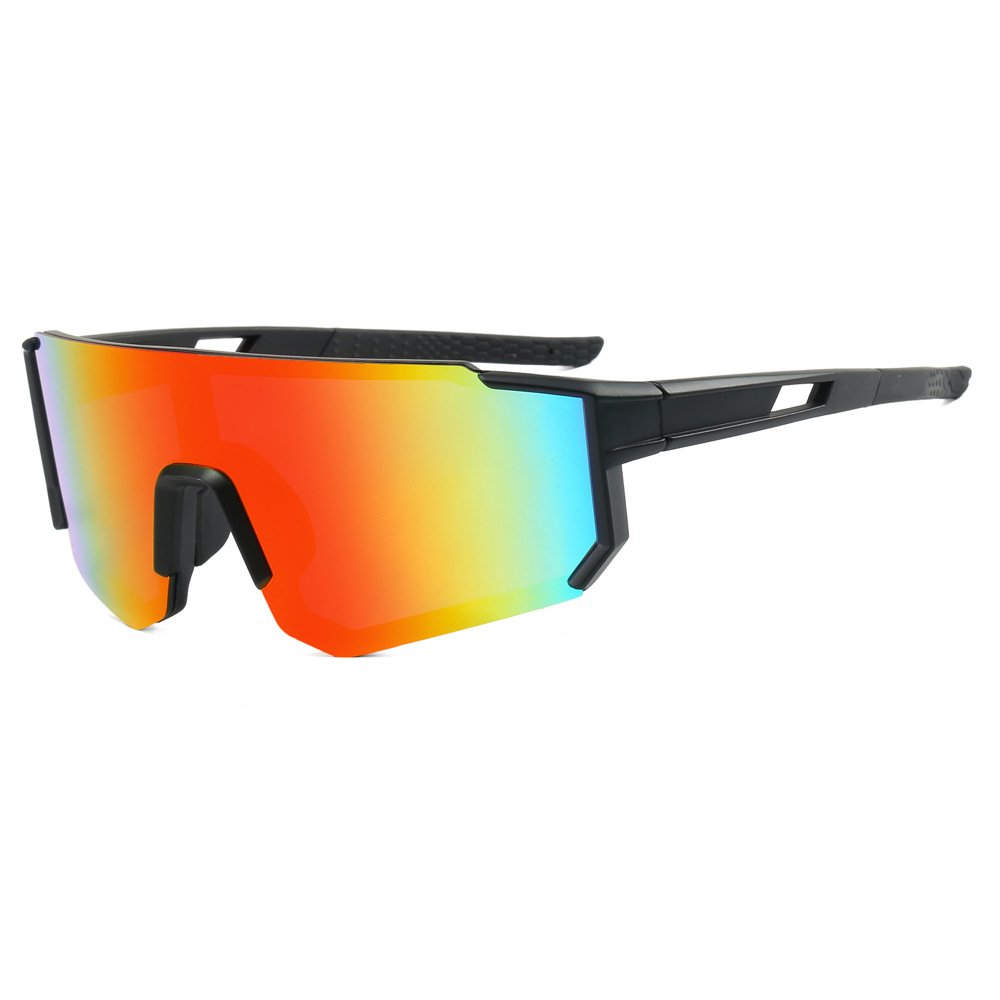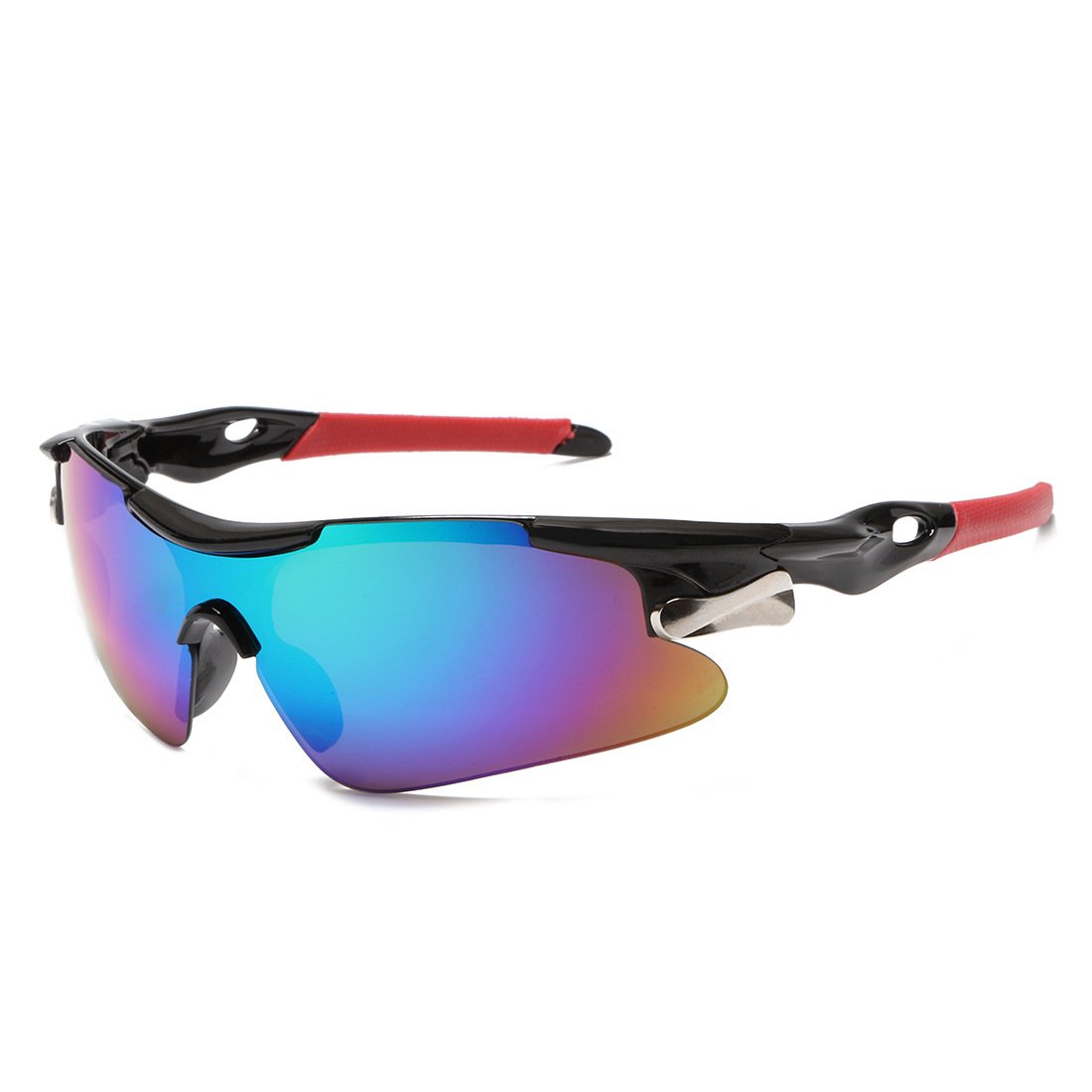Optimal Sports Sunglasses: Choose the Best Fit
Choosing the right sports sunglasses can significantly enhance your outdoor activities, whether you’re running, cycling, or playing beach volleyball. With a myriad of options available in the market, it’s crucial to find a pair that strikes a balance between comfort, protection, and style. This comprehensive guide will equip you with the knowledge needed to make an informed decision when selecting sports sunglasses, ensuring you can focus on your performance without worrying about your eye safety.
Sport sunglasses are much more than a fashion accessory; they are a crucial piece of gear for anyone engaging in outdoor sports. Not only do they protect your eyes from harmful UV rays, but they also reduce glare and enhance visual clarity. These elements are vital for maintaining eye health and ensuring you can perform at your best, whether you’re a professional athlete or a weekend warrior. Investing in quality sunglasses can profoundly impact your performance, comfort, and even your long-term eye health.
The primary function of sports sunglasses is to shield your eyes from ultraviolet (UV) rays. These rays, which include both UVA and UVB, can have detrimental effects on your eyes, such as accelerating the development of cataracts and macular degeneration. When selecting sports sunglasses, always look for labels that confirm 100% UV protection. This feature ensures your eyes are safe from the harmful effects of UV exposure, allowing you to enjoy outdoor activities without compromising your eye health.

Common materials for sports sunglasses lenses and their characteristics
When choosing sports sunglasses, several features can affect their performance and your comfort. Understanding these features will help you select a pair that aligns with your needs and preferences. Here are some key aspects to consider:
Frame Materia
The frame material affects the durability and weight of the sunglasses, which in turn impacts comfort and usability. Popular materials include:
- Polycarbonate: This material is known for being lightweight and impact-resistant, making it ideal for high-impact sports where durability is crucial.
- Nylon: Known for its flexibility and durability, nylon is often used in performance sunglasses that require resilience in varying conditions.
- Metal: While offering a sleek and stylish look, metal frames can be heavier and less durable in rough sports environments. They are best suited for sports where impact is minimal.
Lens Material
The lens material influences clarity, weight, and impact resistance. Choosing the right lens material is critical for optimal performance and safety. Common materials are:
- Polycarbonate: Offers excellent impact resistance and clarity, making it a popular choice for sports enthusiasts who need durable eyewear.
- Trivex: Similar to polycarbonate but with better optical clarity, Trivex lenses provide a balance between protection and visual precision.
- Glass: Provides superior optical quality, offering the clearest vision possible. However, glass lenses can be heavier and are more prone to shattering, making them less suitable for high-impact sports.
material type | Feature description | applicable scenarios |
PC lens | Extremely impact-resistant, lightweight, strong UV protection, high light transmittance, suitable for high-intensity sports. | Running, cycling, hiking, skiing, ball sports |
AC lens | Lightweight, impact-resistant, and affordable, but with average wear resistance. | daily cycling, urban jogging, outdoor strolling |
Glasses lens | High optical clarity, scratch-resistant, but heavy and fragile | Low-intensity activities such as golf and walking |
NXT | High optical clarity, lightweight, impact-resistant, but expensive. | professional athletes, extreme sports, racing events |
polarized lenses | Filters surface reflections from water or road (reduces glare by over 80%), enhances contrast | Fishing, sailing, road cycling, driving |
Lens Tint and Coatings
Lens tint affects how much light reaches your eyes and can enhance certain colors. Different tints serve specific purposes, so consider the following:
- Gray Tint: Reduces brightness without distorting colors, making it ideal for all-purpose use where color accuracy is important.
- Brown Tint: Enhances contrast, making it beneficial for variable light conditions and sports that require depth perception.
- Rose Tint: Improves depth perception and reduces eye strain, especially in low-light conditions, offering a more comfortable experience for extended wear.
Coatings such as anti-scratch and anti-reflective can also improve the longevity and performance of your sunglasses. Anti-scratch coatings help maintain lens clarity over time, while anti-reflective coatings reduce glare from light reflecting off the back of the lenses.
Selecting the Right Fit
A good fit ensures comfort and effectiveness, preventing distractions and discomfort during activities. Here’s what to look for:
Frame Fit
Snug but Comfortable: The frame should fit snugly without pinching or slipping during movement. A secure fit ensures the sunglasses stay in place, even during vigorous activities.
Wraparound Design: Provides better coverage and protection from wind and debris. This design minimizes the amount of light entering from the sides and enhances peripheral vision, crucial for sports like cycling and running.
Adjustable Features
Nose Pads: Adjustable nose pads allow for a customizable fit, preventing the sunglasses from sliding down your nose. This feature is particularly beneficial for ensuring the sunglasses remain comfortable over extended periods.
Temple Arms: Some models offer adjustable temple arms for a more secure fit around your head. This adjustability enhances comfort and ensures the sunglasses stay put, even during high-intensity activities.
Specialized Sunglasses for Different Sports
Different sports require different features in sunglasses. Understanding these specific needs will help you choose the most suitable pair for your activities. Here’s a quick guide:
Running Sunglasses
- Lightweight: Prioritize lightweight frames to reduce pressure during long runs. Lightweight sunglasses minimize fatigue, allowing you to focus on your performance.
- Nonslip Grip: Look for rubberized nose pads and temple tips to prevent slipping from sweat. These features ensure the sunglasses stay secure, even during intense workouts.
- Wide Coverage: Opt for larger lenses to protect against wind and debris. This feature is crucial for maintaining clear vision and protecting your eyes from environmental elements.
- Ventilation: Good ventilation prevents fogging during intense rides, ensuring uninterrupted visibility. Ventilated designs promote airflow, reducing the buildup of moisture and heat.
Making the Right Choice
Choosing the right sports sunglasses involves considering your specific needs, the sports you engage in, and the environments you encounter. Here are some final tips to guide your decision:
- Test Them Out: If possible, try different pairs to see which feels most comfortable and effective. Testing allows you to assess fit, comfort, and visual clarity before making a purchase.
- Consider Your Budget: While it’s tempting to go for the cheapest option, investing in a quality pair can offer better protection and durability. Quality sunglasses provide long-term benefits, making them a worthwhile investment.
- Read Reviews: Look for user reviews and expert recommendations to get insights into performance and reliability. Reviews can provide valuable information on the practical aspects of the sunglasses, helping you make an informed choice.
.




